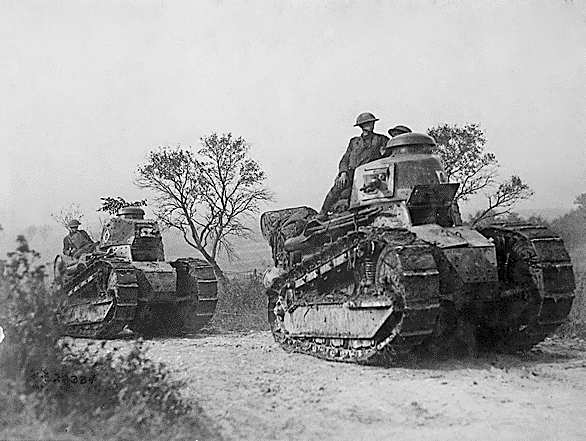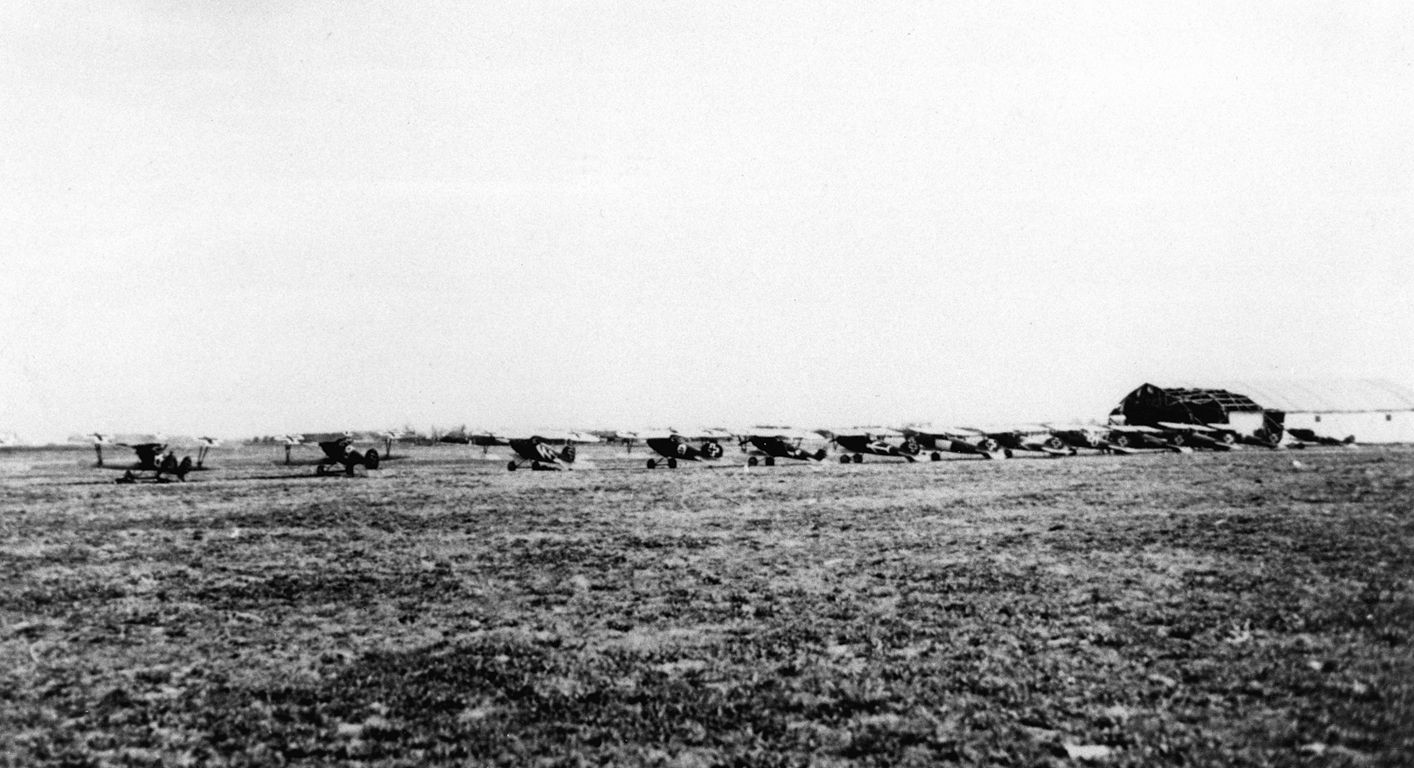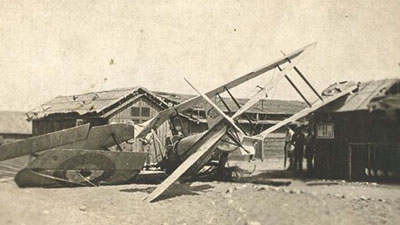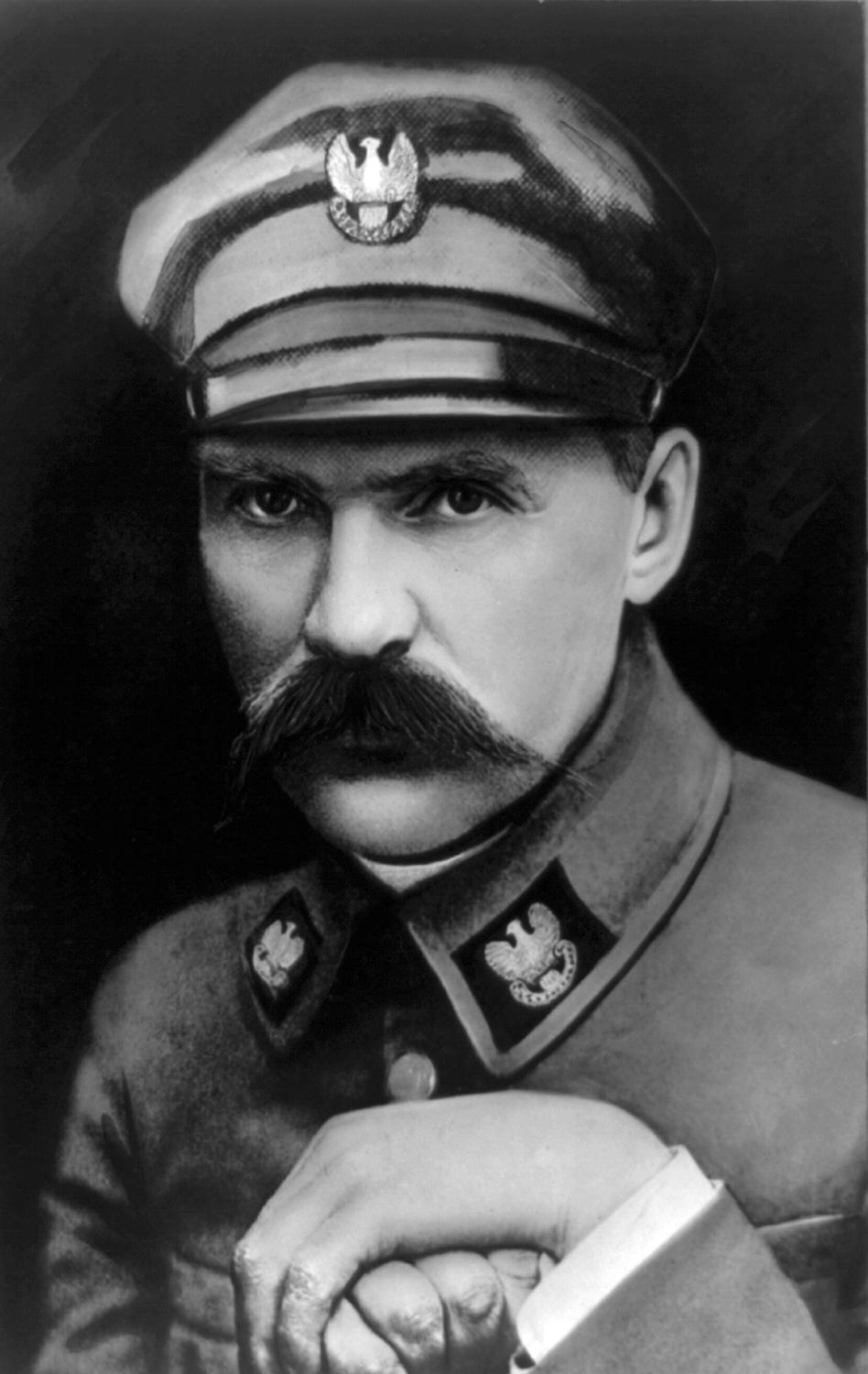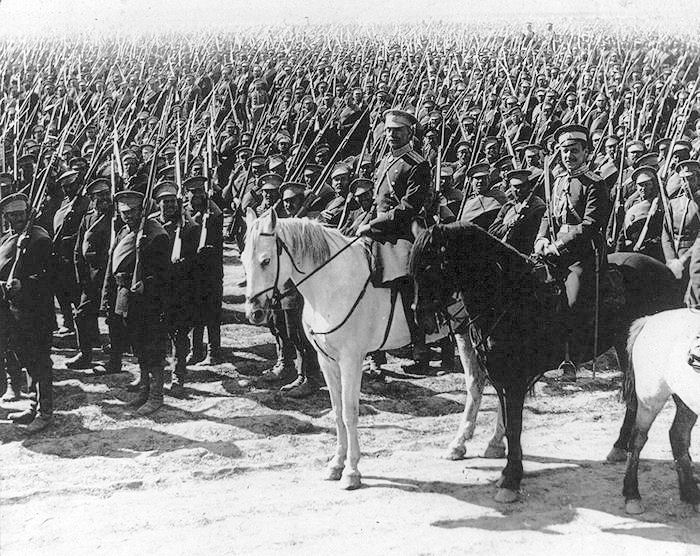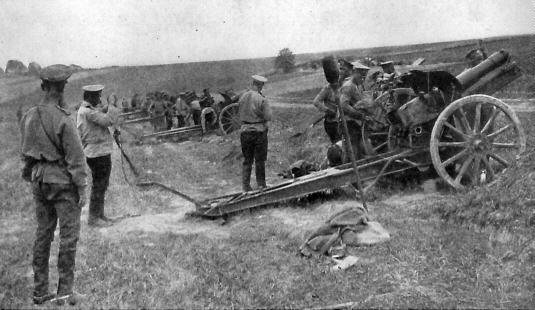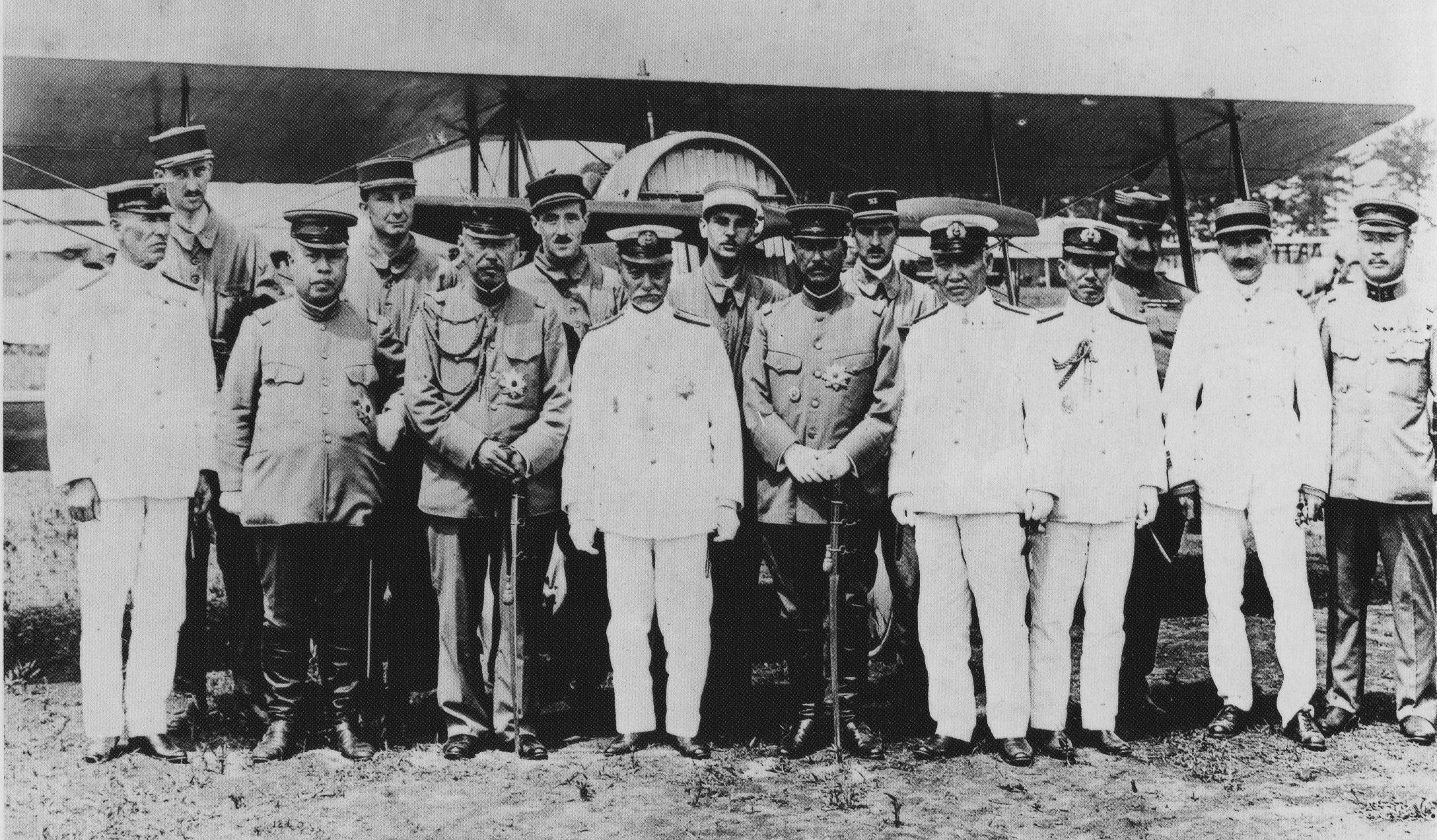
The Second Republic of Boletaria
Fall, 1920
The Treaty of Sikea
In early October, prominent Boletarian Ambassador Edgar Hrabal made landfall in the Soroyan capital of Sikea. Bundled under one arm, several papers held fast by his side as he journeyed with the permission and under the will of Parliament. Donned in a black overcoat and top hat, the height of Centran fashion, Egdar found himself present throughout the long negotiations and proceedings of the Treaty of Sikea until the final treaty had been hammered out. It was a step towards peace after such a hard-fought war, a welcome respite to discourage the militaristic and conqueror alike.
During this time in Sikea, Edgar had made contact with foreign dignitaries from other nations present. Most notably striking up a conversation with none other than Leendert Aandes, the Prime Minister of Soroya as it rode high on it's victory in the Terrible War. Such a discussion which at first arose over talk of the treaty turned instead to talks of colonization and mutual agreement as the day dragged on.
By the end of the month, Boletaria's first diplomatic act after it's independence would be one of peace, of signing the Treaty of Sikea and pledging to maintain only a couple of Dreadnoughts within it's future fleet.

Boletarian Ambassador Edgar Hrabal (center) accompanied by a Soroyan Minister (on the left) and a Chaegon Ambassador (on the right) in Sikea. Circa 1920.
Aviation Innovation
In the skies, a war was being waged. A war of innovation and profit. It's two combatants, Osika Aeronautics and the Lovric Aviation Company (LAC). Osika, a mainstay in the aviation industry held it's prefix on all aircraft designs used by the BFA during the Terrible War, and it seemed that trend was to continue postwar with the unveiling of the fighter plane Strzelec-1F. Yet with the latest design request put forth by the Second Boletarian Republic, a second contender has answered the call. Lovric, an aircraft manufacturer specializing in gliders and trainers which boasted that it's more contemporary designs would be best suited to the specifications asked.
Aircraft enthusiasts could only wonder which company would draw ahead, as once again one of the most advanced aircraft in the world would be born in the new nation of Boletaria.
In these exciting times of aviation innovation and advancement. Perhaps more than ever, came the need for pilots to fly these powerful machines of the air. For this, there was no shortage of novice pilots but what was needed were pilots trained in the operation of a military aircraft. It was for this reason, that at a single time, there would be upwards of 20 trainer aircraft operating in the skies over the countryside and vast plains of Boletaria.

The 2nd Aviation Training Corps operating Osika Widok-1 trainers in fields outside of Resnik. Circa 1920.
However, this step forward was marred by dark tidings, an unexpectedly high casualty rate. Since training had begun, several months prior, it was reported that 11 pilots had died during the training process with a number of 18 crashes or collisions having occurred. In the face of this, stricter restrictions have been ordered necessary by prominent commanders of the several Training Units currently in operation.
In compliance to these demands a graduated system would be put in place. In order to discern the more capable pilots, training would begin with a grounded aircraft modified to prevent flight, where the novice would learn basic ground handling. Pilots who had mastered ground handling would then graduate to the operation of light trainer Widok-1s. Though casualties were an inevitability, they could be lessened.










